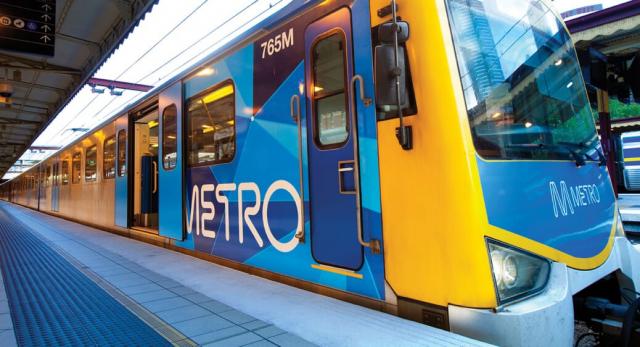A new Infrastructure Victoria report predicts that pressure on roads and public transport in growth areas like Wyndham will worsen into the future, despite many people still working from home.
The report, released last week, forecasts that about a third of Victorian employees will work from home for two to three days per week by 2036.
This will lead to growing populations in outer suburbs and regional areas like Geelong, as people seek tree changes and sea changes, the report claims.
Using modelling from the ARUP Group and Victoria University, the report estimates that by 2036, more than 25,000 vehicles will travel on the Princes Freeway where it meets Western Ring Road during the morning peak.
“Our modelled working from home scenarios find the Princes Highway could experience higher inbound volumes farther out in the commute from Geelong towards Melbourne,” the document reads.
The report suggests that if a majority of Victorians work from home three days a week, traffic volumes on the Princes Freeway from Avalon Road, Lara to Sneydes Road, Point Cook “are projected … as putting extra pressure on the Princes Freeway inbound much earlier on in the journey to Melbourne”.
In addition, the report states that in the future, many residents of outer suburbs and regional cities will rely on rail services, including V/Line, to get to their workplace when not based at home.
The report mentions that this may result “in increased overcrowding and reduced reliability” on train services including the Geelong line.
“We recommend the Victorian Government extend rail services in Melbourne’s western and northern growth areas,” the report reads.
“Higher capacity trains between Wyndham Vale and Southern Cross can help manage this growing rail demand.”
Infrastructure Victoria’s acting chief executive Jonathan Spear said that when people can work from home for some days each week, they are “willing to tolerate” longer commutes on their days in the office.
“But access to major job precincts remains a factor in people’s housing choices, which means these dispersion effects occur in the immediate vicinity of Melbourne and big regional cities,” Dr Spear said.







